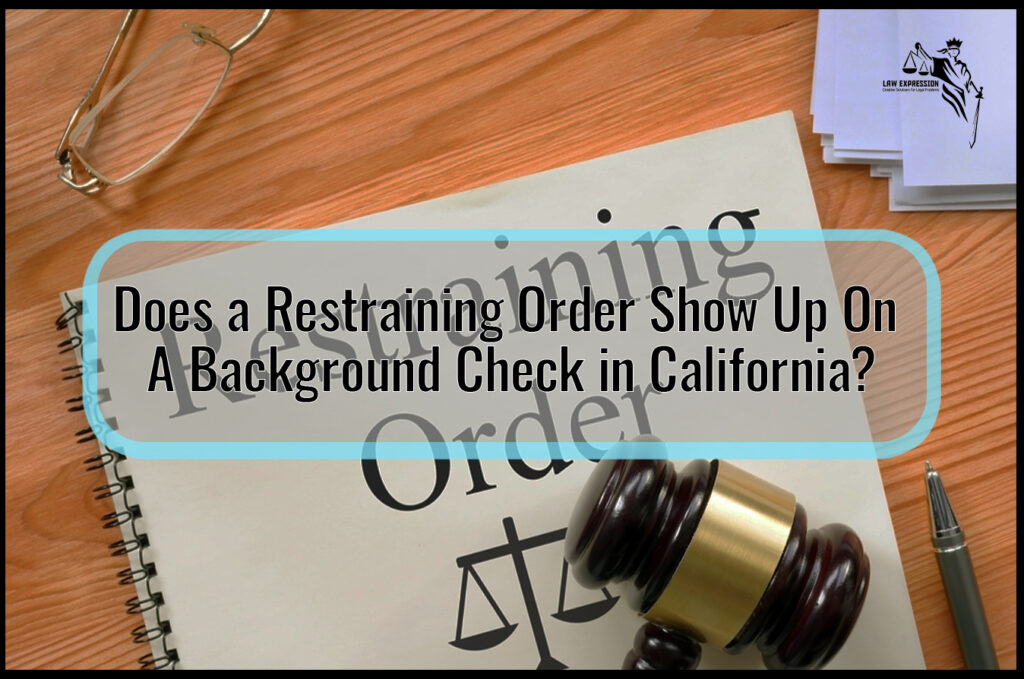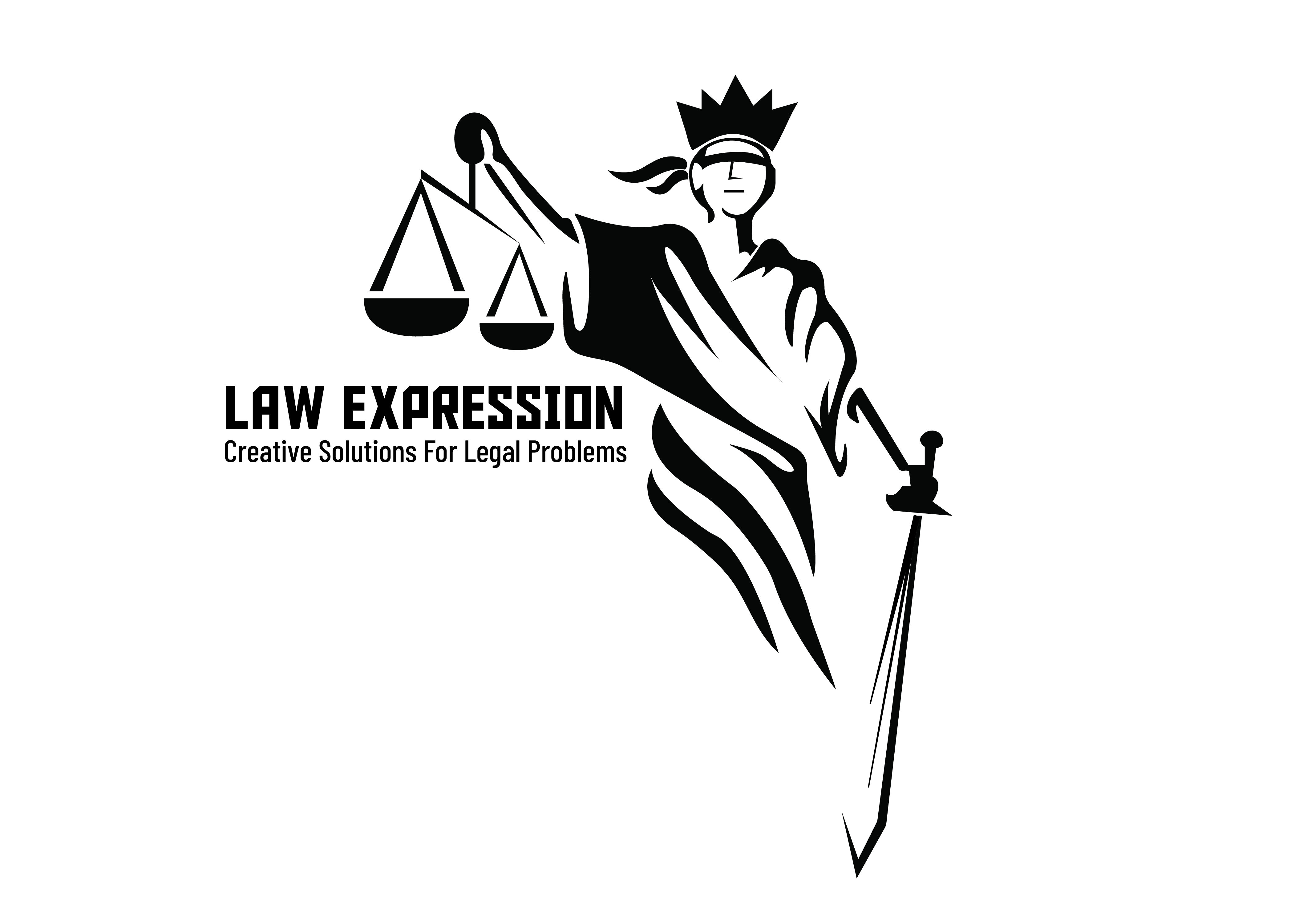Does a Restraining Order Show Up on a Background Check in California?
If you have a restraining order against someone in California, there is no guarantee that it will show up on their background check. The best way to ensure that the restraining order appears on a background check is to file a police report and include the restraining order in the report. However, even if you do not file a police report, the restraining order may still appear on a background check if the person being checked has been arrested for violating the order.
If you have a restraining order against someone in California, it will show up on their background check. This is important to know because it can help protect you from them. If they are trying to get a job or rent an apartment, the restraining order will come up and they may not be able to do so.
It is also good to know if you are ever in a situation where you need to call the police, they will be able to see that there is a restraining order in place.
Does a Domestic Violence Restraining Order Show Up on a Background Check
When you are considering whether or not to take out a restraining order against an abusive partner, one of the questions you may have is whether or not it will show up on a background check. The answer to this question is complicated.
First, it is important to understand that there are different types of restraining orders.
A domestic violence restraining order (DVRO) is a civil order that offers protection from abuse by a current or former intimate partner. An emergency protective order (EPO) is a criminal order that offers protection from abuse by anyone, including people who are not intimate partners.
Emergency protective orders are always entered into the statewide domestic violence registry and they will definitely show up on a background check.
Domestic violence restraining orders can also be entered into the registry at the victim’s request, but they do not have to be. So if you have a DVRO and you don’t want it to appear on your background check, you can ask the court to keep it off the registry.
However, even if your DVRO isn’t entered into the registry, there’s still a chance it could show up on your background check.
That’s because some employers run their own background checks and they may include searches of public records like court filings. So if your abuser has filed for a DVRO against you, there’s a chance your employer could find out about it that way.
Of course, none of this applies if you’re applying for a job with the government or another organization that does fingerprint-based background checks.

Does a Temporary Restraining Order Show Up on a Background Check in California?
A temporary restraining order (TRO) is a type of civil order that requires one person to stop harming or threatening another person. A TRO may be issued by a judge after someone files a petition asking for protection from abuse, stalking, harassment, or sexual assault. In California, a TRO is also called a domestic violence restraining order (DVRO).
A background check will show if someone has been served with a TRO. The court will maintain records of all TROs that have been issued in the county where the order was filed. These records are public and can be accessed by anyone who requests them.
If you have been served with a TRO, it is important to comply with its terms. If you violate the terms of a TRO, you could be arrested and charged with contempt of court. Violating a TRO is also considered a crime in some cases, and you could face additional charges if convicted.
How Long Does a Temporary Restraining Order Last in California?
A temporary restraining order, also known as a “TRO,” is a court order that grants protection from someone who has harmed or threatened to harm you. TROs are issued by a judge and last for a set period of time, usually between 15 and 25 days. The person who is protected by the TRO is called the “protected party.”
The person who violates the TRO can be arrested and charged with a crime.
A temporary restraining order may be extended if:
-The protected party files for an extension within 7 days of the original TRO’s expiration date;
-The court finds that there is good cause to extend the TRO;
-Both parties agree to extend the TRO.
If an extension is granted, it will last for another 15-25 days.
Does a Restraining Order Result in a Criminal Record?
A restraining order is a civil order that requires one person to stop harming or harassing another person. A restraining order can also require the abuser to stay away from the victim and/or their children, and may give the victim temporary custody of the family home or pet. In some cases, a restraining order will also require the abuser to surrender any firearms they own.
In most states, violating a restraining order is a criminal offense, punishable by jail time and/or fines. Additionally, many employers now run background checks on job applicants, which means that a person with a restraining order on their record may have difficulty finding employment.
How Do I Find Out If Someone Has a Restraining Order in California?
If you want to find out if someone has a restraining order in California, there are a few ways to do this. One way is to check the public records for the county where the restraining order was filed. Another way is to contact the court that issued the restraining order.
Finally, you can also contact the California Department of Justice’s Office of Protective Orders.
Conclusion
A restraining order is a legal order issued by a court that requires one person to stop harming or harassing another. In California, there are three types of restraining orders: domestic violence restraining orders, civil harassment restraining orders, and workplace violence restraining orders. All three types of restraining orders will show up on a background check in California.
If you have been the victim of domestic violence, you can file for a domestic violence restraining order. This type of restraining order is designed to protect you from further harm by your abuser. A domestic violence restraining order will show up on a background check in California.
If you have been the victim of stalking, harassment, or threats, you can file for a civil harassment restraining order. This type of restraining order is designed to protect you from further harm by the person who is harassing or threatening you. A civil harassment restraining order will show up on a background check in California.
If you are an employee who has been a victim of workplace violence, you can file for a workplace violence restraining order. This type of restraining order is designed to protect you from further harm by your attacker and to prevent your attacker from returning to your workplace.


